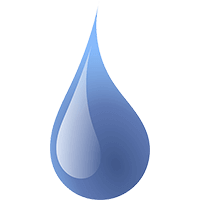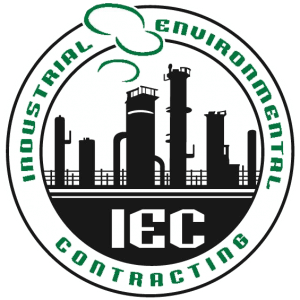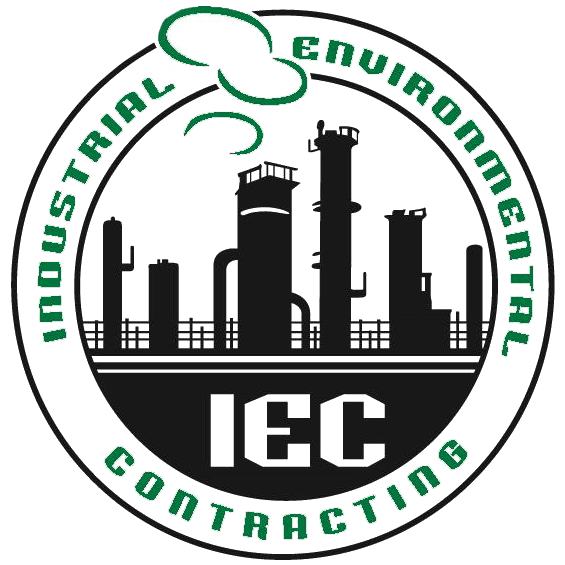
Groundwater Remediation
Groundwater is water that sits below the ground surface and saturates the pore space in the subsurface. Fresh water makes up only about 3% of the earth’s entire water supply, and in the U.S. 95% of fresh water is found in the ground. Up to 40% of the world’s drinking water is drawn from groundwater in boreholes and dug wells.*
Groundwater provides farmers with water to irrigate their crops and companies use it to manufacture their products. Activities such as, applications of fertilizer or pesticides, spills from industrial operations and leaking from landfills can all cause groundwater contamination. The good news is, pollutants and contaminants can be removed from groundwater by applying various remediation techniques.
Groundwater remediation is the process that is used to treat groundwater by removing the pollutants. There are many different groundwater remediation methods, but they all have the same goal: clean polluted water.
These three groundwater treatment methods are most commonly used by environmental consultants:
Physical:
The most basic type of groundwater remediation, uses air to strip water clean (air sparging). Another method, called pump and treat, physically removes the water from the ground and treats it by way of biological or chemical means. Both of these methods have proven successful in treating contaminated groundwater.
Biological:
This method uses organic matter, microorganisms and plants to clean contaminated water. Bioaugmentation, bioventing, and biosparging are three ways to use biological material to break down certain chemicals and compounds industrial waste in groundwater. Biological methods are convenient because the contaminated water may not even need to be removed to be treated.
Chemical:
This method may take longer to execute and can be costly, but still may be the only option on certain contaminants. Carbon absorption, ion exchange, chemical precipitation, and oxidation are all ways to achieve clean groundwater by way of chemical remediation.
These are the most commonly used groundwater remediation methods, and of course there are reasons to choose one method over another. The goal for all of them is the same – remove contaminants and leave behind clean, potable drinking water.
IEC has spent years helping environmental consultants construct and execute a variety of groundwater remediation systems. Contact us today if you need assistance with a remediation project or require decontamination services.
If you have an urgent request, we offer 24-hour emergency response.
*Source: Facts About Global Groundwater Usage – National Groundwater Association, 2013
Contact Us Today
[ninja_form id=4]

